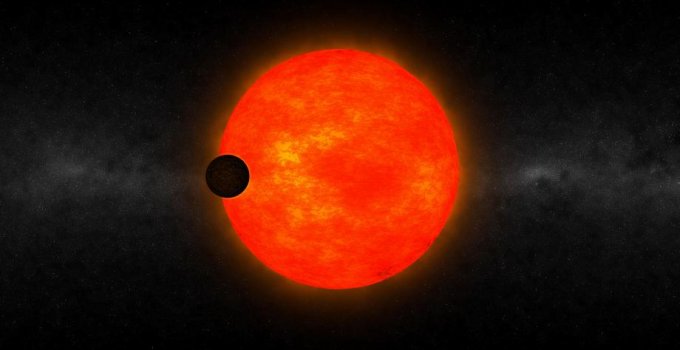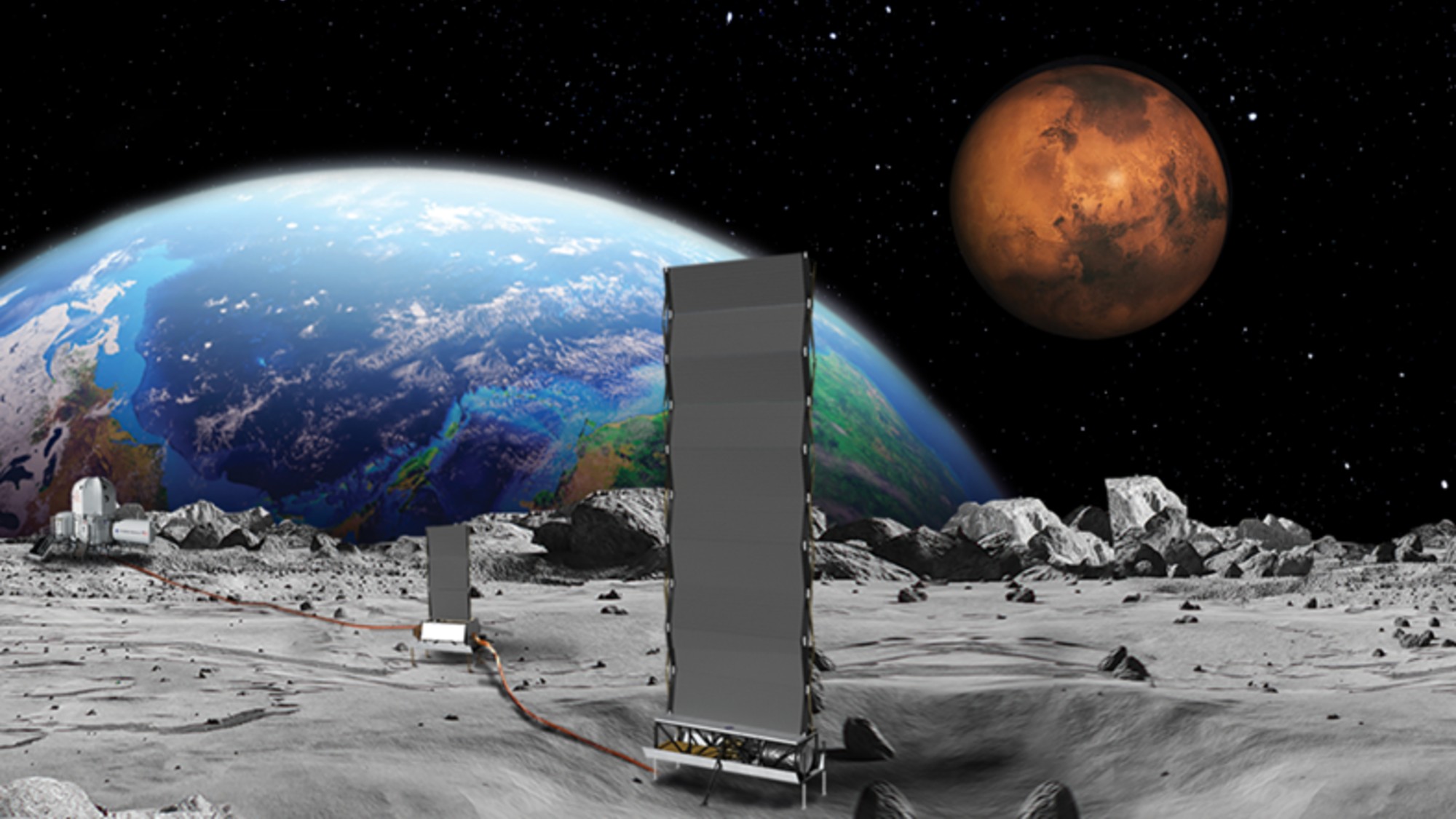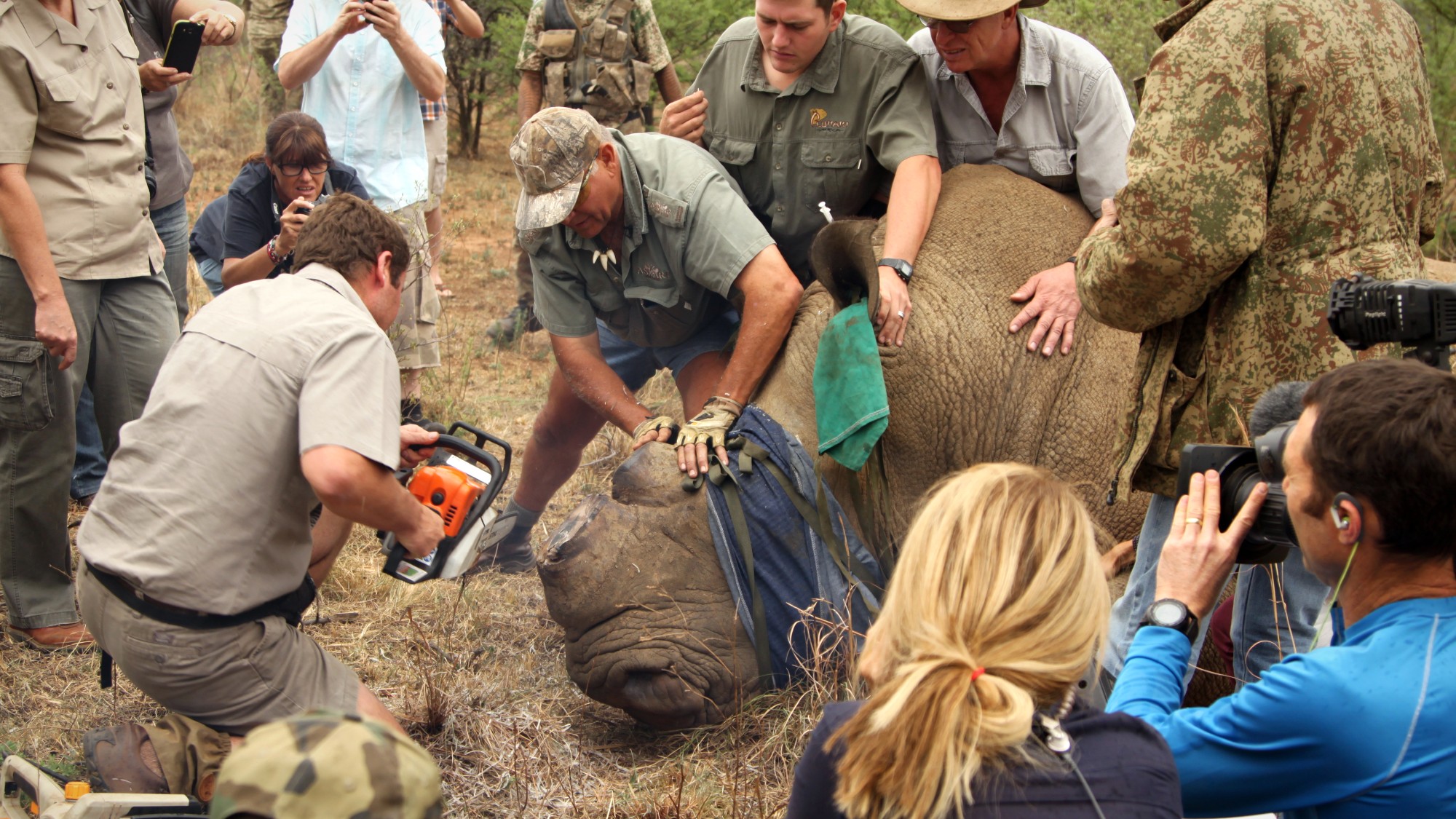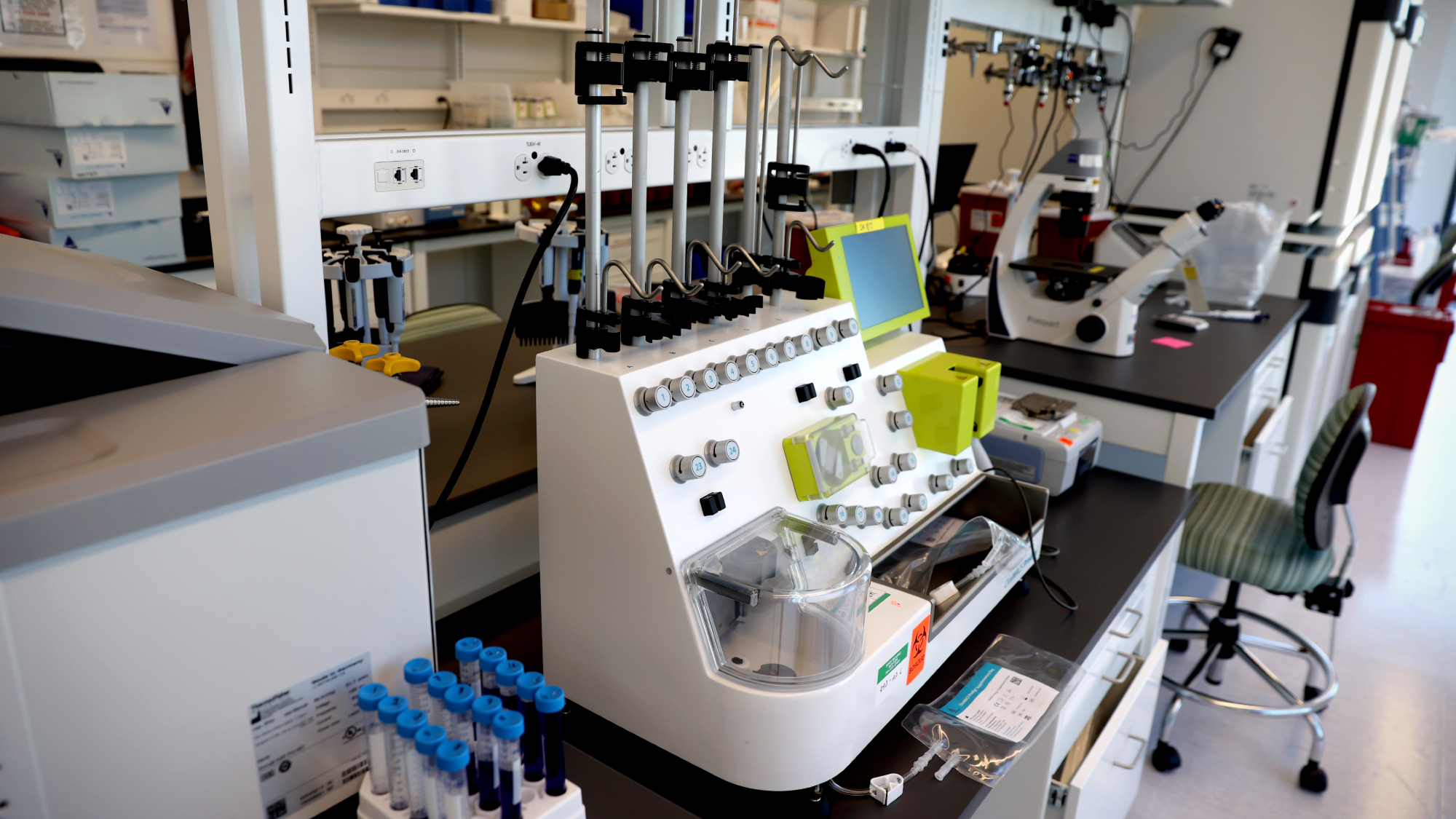Astronomers discover 'puffed up' planet orbiting small star


Some 500 light years away from Earth, a "puffed up" planet is orbiting around a star — HATS-6 — that has researchers at the Australian National University thoroughly intrigued.
"(The planet) must have formed further out and migrated in, but our theories can't explain how this happened," astronomer George Zhou told CNN. "The planet has a similar mass to Saturn, but its radius is similar to Jupiter, so it's quite a puffed up planet."
The discovery — outlined in a study published in The Astronomical Journal — came about after researchers noticed that HATS-6's light dimmed periodically, suggesting something was moving between the star and Earth. Now that astronomers have confirmed the existence of the planet, they still want to answer questions about how such a large planet managed to form from such a small star. Astronomers have theorized that planets form from leftover gas and dust existing in a disc around stars, but HATS-6 is so small it would have had very little leftover material.
Subscribe to The Week
Escape your echo chamber. Get the facts behind the news, plus analysis from multiple perspectives.

Sign up for The Week's Free Newsletters
From our morning news briefing to a weekly Good News Newsletter, get the best of The Week delivered directly to your inbox.
From our morning news briefing to a weekly Good News Newsletter, get the best of The Week delivered directly to your inbox.
A free daily email with the biggest news stories of the day – and the best features from TheWeek.com
Sarah Eberspacher is an associate editor at TheWeek.com. She has previously worked as a sports reporter at The Livingston County Daily Press & Argus and The Arizona Republic. She graduated from Northwestern University's Medill School of Journalism.
-
 Trump-Putin: would land swap deal end Ukraine war?
Trump-Putin: would land swap deal end Ukraine war?Today's Big Question Ukraine ready to make 'painful but acceptable' territorial concessions – but it still might not be enough for Vladimir Putin
-
 The truth about sunscreen
The truth about sunscreenThe Explainer The science behind influencer claims that sun cream is toxic
-
 Blue whales have gone silent and it's posing troubling questions
Blue whales have gone silent and it's posing troubling questionsUnder the radar Warming oceans are the answer
-
 Why does the US want to put nuclear reactors on the moon?
Why does the US want to put nuclear reactors on the moon?Today's Big Question The plans come as NASA is facing significant budget cuts
-
 Lithium shows promise in Alzheimer's study
Lithium shows promise in Alzheimer's studySpeed Read Potential new treatments could use small amounts of the common metal
-
 Scientists discover cause of massive sea star die-off
Scientists discover cause of massive sea star die-offSpeed Read A bacteria related to cholera has been found responsible for the deaths of more than 5 billion sea stars
-
 'Thriving' ecosystem found 30,000 feet undersea
'Thriving' ecosystem found 30,000 feet underseaSpeed Read Researchers discovered communities of creatures living in frigid, pitch-black waters under high pressure
-
 New York plans first nuclear plant in 36 years
New York plans first nuclear plant in 36 yearsSpeed Read The plant, to be constructed somewhere in upstate New York, will produce enough energy to power a million homes
-
 Possible dwarf planet found at edge of solar system
Possible dwarf planet found at edge of solar systemUnder the radar The celestial body has an unusual orbit
-
 Dehorning rhinos sharply cuts poaching, study finds
Dehorning rhinos sharply cuts poaching, study findsSpeed Read The painless procedure may be an effective way to reduce the widespread poaching of rhinoceroses
-
 Breakthrough gene-editing treatment saves baby
Breakthrough gene-editing treatment saves babyspeed read KJ Muldoon was healed from a rare genetic condition
